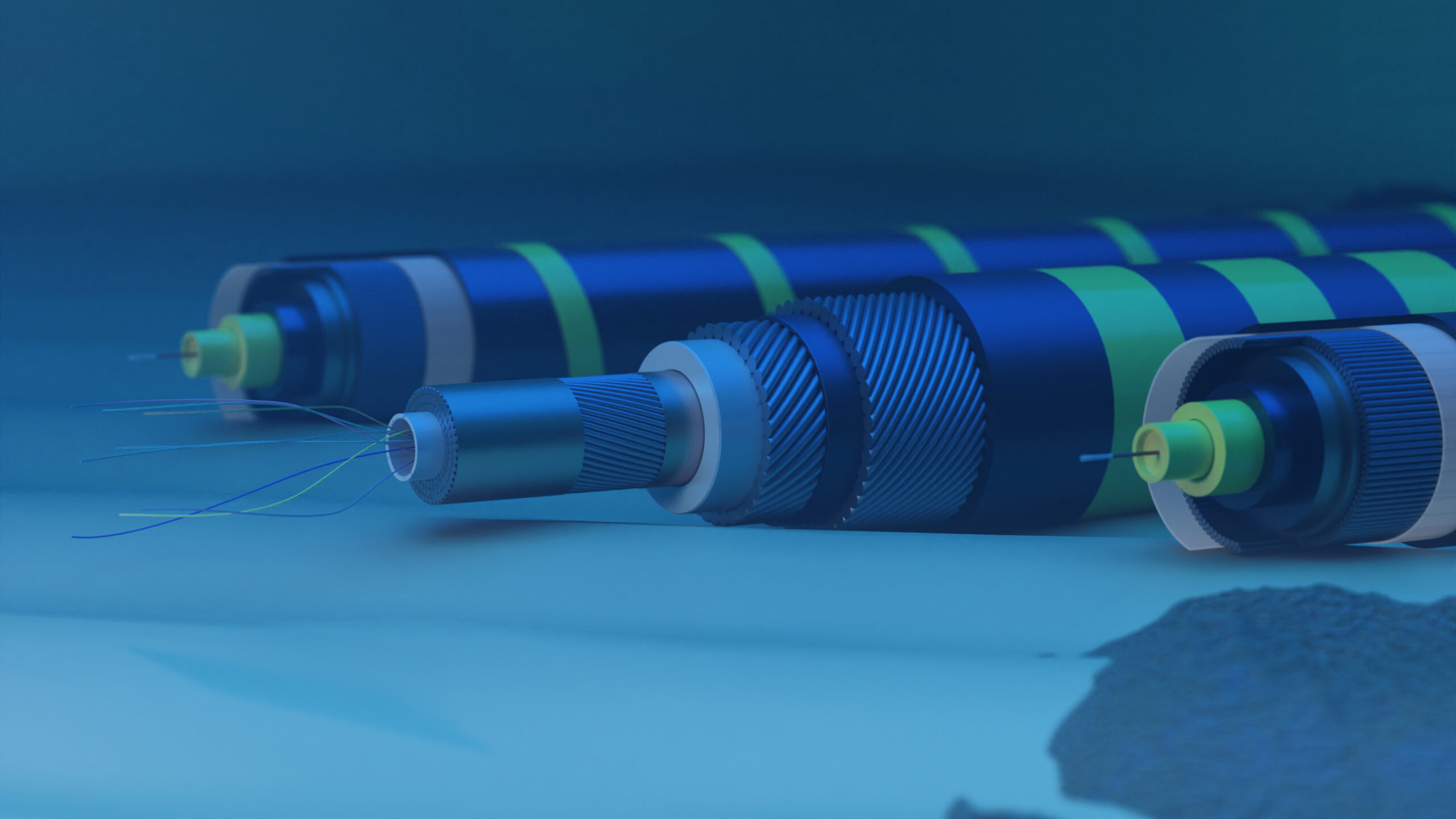
In the deep blue expanse of our oceans lies a hidden infrastructure critical to modern life: the vast network of submarine fiber optic cables that form the backbone of global communication. These undersea cables, stretching across continents and oceans, transmit the bulk of the world’s data, including internet traffic, phone calls, and financial transactions. As the digital era advances, competition among nations and corporations to dominate this underwater domain has intensified, revealing a new arena of geopolitical and economic struggle.
A Hidden Yet Vital Network
Submarine cables are crucial for connecting continents, enabling the exchange of information across the globe. Unlike satellites, which offer limited bandwidth and higher latency, fiber optic cables provide high-speed, high-capacity connections that are essential for the modern internet. These cables lie on the ocean floor, buried under layers of sediment or resting on the seabed, and are made up of thin strands of glass or plastic that transmit data as pulses of light.
The importance of this infrastructure cannot be overstated. A single cable cut can disrupt global communications, impacting everything from banking transactions to emergency services. Consequently, controlling and safeguarding these cables has become a strategic priority for governments and corporations alike.
The Geopolitical Chessboard
The United States has long dominated the global submarine cable network, both in terms of infrastructure and ownership. American companies, such as Google, Facebook, and Amazon, have invested heavily in new cables to support their cloud services and data centers. Additionally, the U.S. government has expressed concerns over the security of its communications infrastructure, especially in light of rising tensions with China.
China, on the other hand, has been aggressively expanding its influence in the submarine cable sector. Companies like Huawei Marine Networks, a subsidiary of the tech giant Huawei, have secured contracts to lay new cables across the globe. Beijing views this expansion as a means to enhance its “digital Silk Road,” part of its broader Belt and Road Initiative (BRI). By controlling critical communication routes, China aims to bolster its geopolitical leverage and economic influence.
Russia has also entered the fray, leveraging its geographical position and technological capabilities to assert its presence. Russian companies and government agencies have been involved in various submarine cable projects, and the Kremlin has been vocal about protecting its national interests in this domain. Moreover, Russia’s focus on Arctic routes underscores its strategic interest in the northern polar regions, which are becoming increasingly accessible due to climate change.
Pakistan’s Strategic Aspirations in the Submarine Cable Arena
For Pakistan, the submarine cable network represents both a strategic asset and a critical infrastructure for economic growth. With its pivotal location connecting Central Asia, the Middle East, and South Asia, Pakistan is increasingly recognizing the strategic importance of securing and expanding its role in the global submarine cable network. The country has been investing in new cable projects to improve its connectivity and data capabilities, aiming to enhance its position as a regional digital hub. The Pakistan Telecommunication Authority (PTA) and private sector players are working to bolster the country’s infrastructure to meet the growing demand for high-speed internet and support emerging digital industries. Furthermore, Pakistan’s strategic interests are also driven by the need to safeguard its communication routes against potential threats and ensure resilience against disruptions.
Economic and Technological Challenges
The race for dominance in the submarine cable industry is not solely driven by geopolitical factors. Economic considerations and technological advancements play a crucial role as well. The high cost of laying and maintaining submarine cables—often running into billions of dollars—requires significant investment and collaboration between governments and private companies.
Technologically, the industry is witnessing rapid advancements. Innovations in optical fiber technology, such as increased data transmission rates and improved signal strength, are pushing the boundaries of what is possible. Companies are also exploring new cable routes and depths, aiming to reduce latency and increase capacity.
Security and Sustainability Concerns
With the increased focus on submarine cables comes heightened awareness of security and environmental concerns. Sabotage, espionage, and natural disasters pose significant risks to the integrity of these cables. Recent incidents, including reported cable cuts and the alleged involvement of state actors, highlight the vulnerabilities inherent in this critical infrastructure.
Environmental sustainability is another pressing issue. The installation and maintenance of submarine cables can have ecological impacts, such as disturbing marine life and seabed habitats. The industry is under pressure to adopt more environmentally friendly practices and minimize its footprint on the oceanic ecosystem.
Governments, corporations, and international organizations must navigate this complex terrain, balancing the need for secure, high-speed communication with the imperative to protect and sustain our oceanic environments. The underwater struggle for fiber optic dominance is not just a tale of cables and technology; it is a reflection of the broader dynamics of global power and influence.
